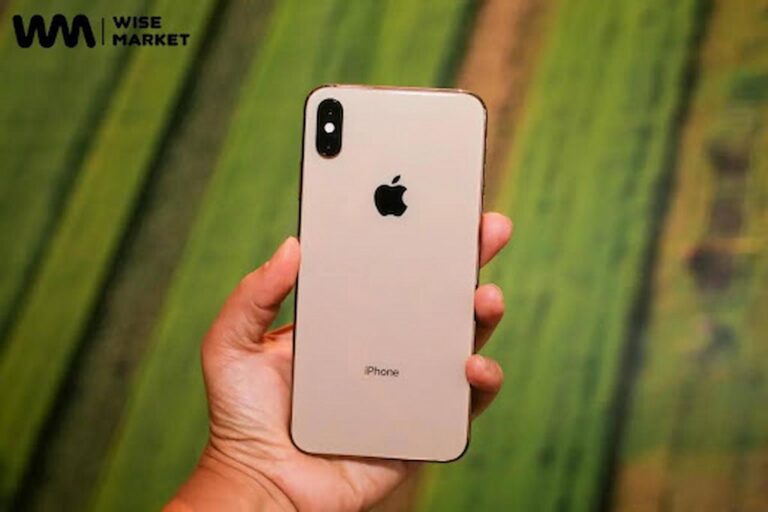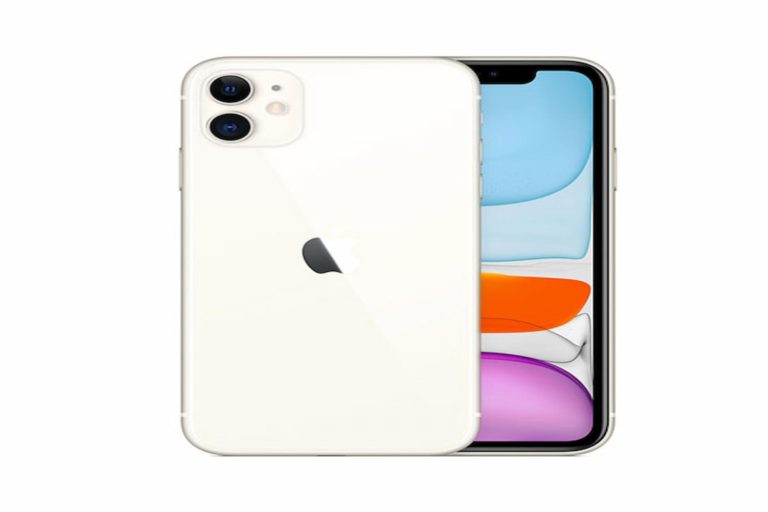In today’s article, we compare the HTC Sensation XL as well as the Motorola Droid Razr, the most recent pieces of cellular phone technology going to the marketplace. Both of these smartphones had promised users much, not simply when it comes to style, and also with regard to their capabilities. Here, we weigh the pros and cons of phone, and decide what kind surely could keep its word, and that has been not.
Ergonomics:
So far as style and class is concerned, phone companies usually don’t even consider HTC as competition. The company noted for making enormous phones has been doing it once more. The HTC Sensation XL measures 132.5mm lengthwise, 70.7mm breadth wise, and 9.9 mm in thickness. It gigantic phone weighs 162.5 grams. The Motorola Droid Razr is as big in total and breadth, measuring just 1.8mm less in the two caser. The feature that strikes us by far the most is its thickness. Living up to its name, the razor thin phone is simply 7.1mm thick, and weighs 127 grams. Which has a S-LCD capacitive touchscreen measuring 4.7″ diagonally, the HTC Sensation XL provides pixel density of 199 ppi. Then again, the Droid Razr wins hands down in the battle of displays using a Super AMOLED capacitive touchscreen display screen measuring 4.3″ diagonally, and giving a pixel density of 256 ppi.
Operating-system:
Both phones are powered by the Gingerbread version on the amazing Android OS from Google. The HTC Sensation features a Qualcomm MSM8255 chipset along with a 1.5 GHz Scorpion CPU. For graphics, it depends by using an Adreno 205 GPU. The Droid Razr comes with a TI OMAP 4430 chipset, using a Dual Core 1.2GHz Cortex A-9 CPU along with a PowerVR SGX540 GPU for graphics.
Connectivity:
For 2G, the Sensation XL includes GSM quad-bands of 850/900/1800/1900. In 3G, HSDPA quad-bands of 850/900/2100 are offered. The speed for HSDPA is up to 14.4 Mbps as well as for HSUPA is about 5.76Mbps. The Droid Razr is sold with GSM quad-bands of 850/900/1800/1900 in addition to CDMA quad-bands of 800/1900 from the 2G network. For 3G, it comes with HSDPA quad-bands of 850/900/1900/2100 and CDMA 1xEV-DO. The point that the product is compatible with CDMA makes its connectivity similar to phones much like the iPhone 4S, which won kudos for the similar feature. Both phones are enabled with GPRS and EDGE (Class 12), and are available with Wi-Fi 802.11 b/g/n, with DLNA and Wi-Fi hotspot. HTC?s phone provides you with the v 3.0 of Bluetooth, while Moto’s baby delivers v4.0 of the same.
Memory:
The impression XL posseses an amazing internal memory of 16GB, using a 768 MB RAM. The one glitch while using the phone is always that it does not support microSD. Inside the memory section, Motorola’s Droid Razr emerges as the clear winner by having an of memory space of 16 GB (which may be expanded to 32 GB with the aid of a memory) and also a 1GB RAM.
Camera:
Both phones accompany amazing 8MP cameras with auto-focus and LED flash. They boast of features like geo-tagging, face detection and touch focus. Video is possible within phones at the speed of 30 fps. The only difference would be that the Sensation features a video quality of 720 pixels, while the Razr carries a quality of 1080 pixels. Both phones attach to secondary cameras. HTC has given its phone single.3 MP secondary camera, while Motorola has given the Razr a 2 MP one, which may even take 720 pixel videos.
Battery:
The XL includes a standard Li-ion battery of rating 1600 mAh, presents a stand-by time of 360 hours and 460 hours, in the 2G and 3G networks respectively. The Droid Razr has a similar battery, but of rating 1780mAh, presents a stand-by time of 204 hours. HTC’s phone is with a rating of around 365.09 USD, as you move the phone from Motorola comes between 586.75 USD.
To get more cell phone comparison aticles visit zenilshroff.com.



